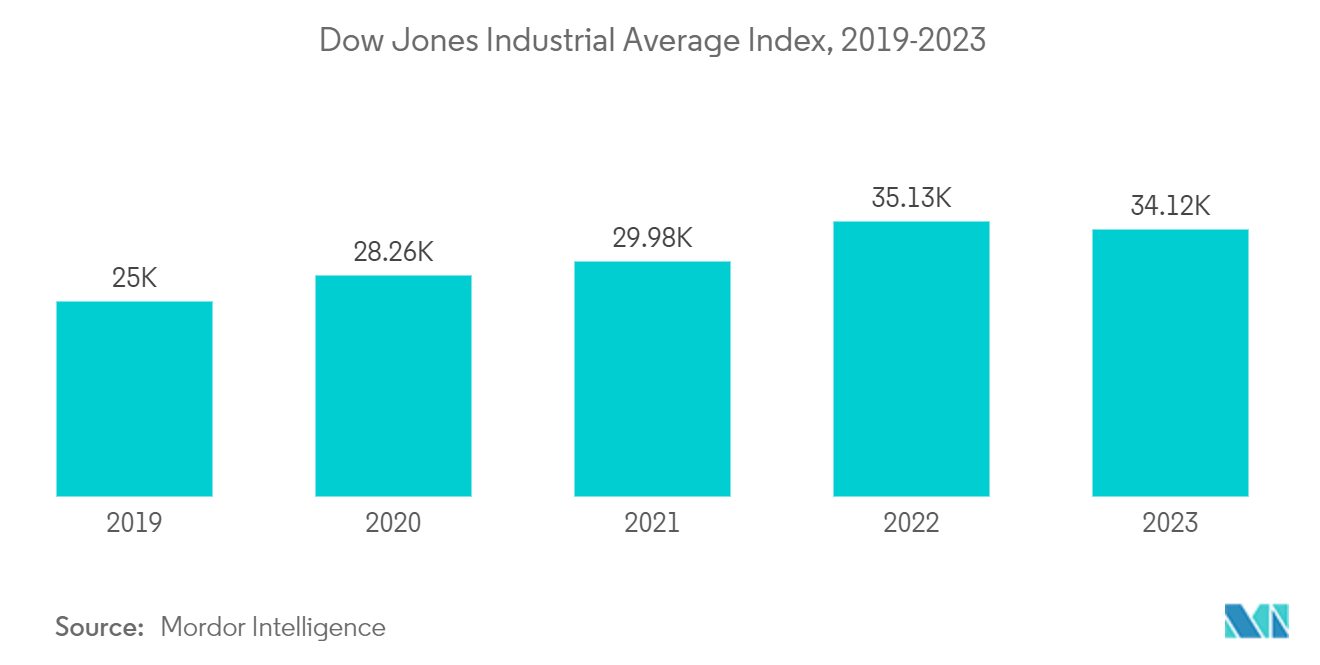Market Trends of Capital Exchange Ecosystem Industry
Increasing Stock Exchanges Index affecting Capital Market Exchange Ecosystem
A robust financial market serves as the bedrock for a thriving capital exchange ecosystem. These markets, classified by the assets they trade, encompass stock markets (for equities), bond markets (for fixed-income securities), commodity markets (for raw materials), and foreign exchange markets (for currencies). The ecosystem is a dynamic interplay of diverse participants, ranging from individual and institutional investors (mutual funds, hedge funds, pension funds), to traders, brokers, dealers, market makers, and financial institutions (banks, investment firms). In the digital era, electronic trading platforms dominate the capital exchange landscape, acting as hubs for order matching, transaction facilitation, and market transparency. Prominent examples include stock exchanges like NYSE and NASDAQ, electronic communication networks (ECNs), and online brokerage platforms.

Negative Real Interest rake in Banking affecting Capital Market Exchange Ecosystem.
As global inflation had observed a continuous increase with a decline in the interest rate of banks and accommodative policies, earning through interest rate on deposits had fallen below the rate of inflation; this trend had caused a lot of people to invest in Global Capital Market for achieving a higher level of interest rate.
A significant gap exists between all the countries between inflation rate and central bank interest rate, with the inflation rate leading the bank interest rate except for China. In China, during January 2022 inflation rate exists at 0.9%, with the central bank interest rate at 3.7%, showing a restrive monetary policy opposite to all other nations adopting accommodative monetary policy.


